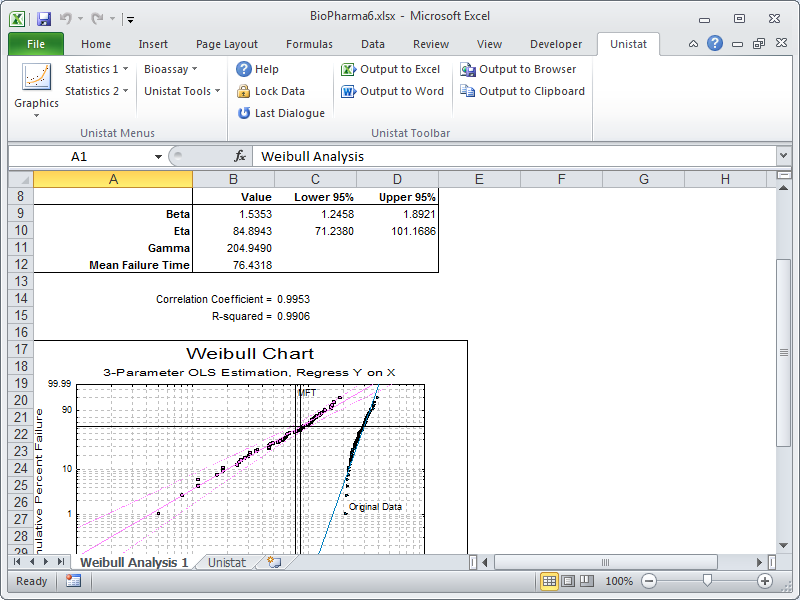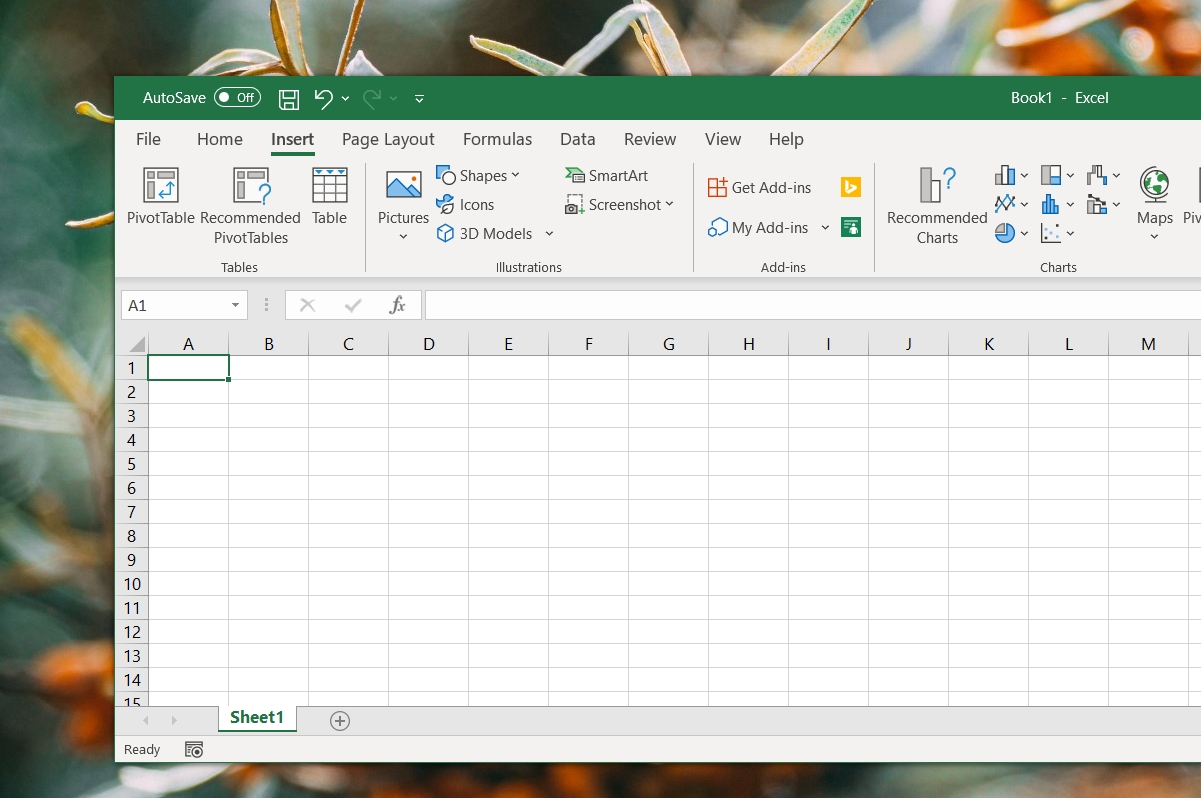

This helps solve a key problem developers have today with requirements around metadata associated with cells.

Excel displays the Document Information Panel just below the ribbon and just above the worksheet.We’re excited to announce new capabilities that let you programmatically create your own custom data types within Excel. Click the Office button, Prepare, and then Properties.

The steps are slightly different in Excel 2007:
Close the workbook you just saved as an add-in. Specify a name for your add-in file in the File Name field. Using the Save As Type pull-down list, specify a file type of Excel Add-In (*.xlam). What you enter here will appear in the description area of the Add-Ins dialog box used by Excel. Make sure the Comments field is filled in. What you enter here will appear in the Add-Ins dialog box used by Excel. Make sure the Title field is filled in. The Summary tab of the workbook�s Properties dialog box. Make sure the Summary tab is displayed. Excel displays the Properties dialog box for your workbook. Click the Properties link near the right side of the dialog box and then click Advanced Properties. Make sure the Info option is selected at the left side of the dialog box. Follow these steps if you are using Excel 2010 or a later version: Now it is time to do a little work in Excel. Excel close the Visual Basic Editor and returns to the Excel workbook. Enter a password in both fields at the bottom of the dialog box. Make sure the Lock Project For Viewing check box is selected. The Protection tab of the project�s Properties dialog box. Make sure the Protection tab is selected. This displays the Project Properties dialog box. Choose the Properties option from the Tools menu. At the very top of the Project window, select the bold entry that declares the name of the VBA project that is open. Load the workbook that is destined to become your add-in. First, here are the steps to follow to get the settings correct in the VBA Editor: 
To create a protected add-in file, you need to do a little work in the VBA Editor and in Excel itself. The steps you need to follow to create an add-in are very precise, and may seem a bit overwhelming (particularly the first couple of times you do it). Any Excel workbook can be converted to an add-in.








 0 kommentar(er)
0 kommentar(er)
